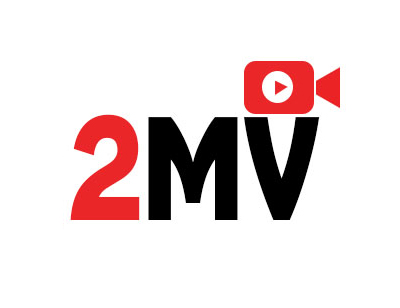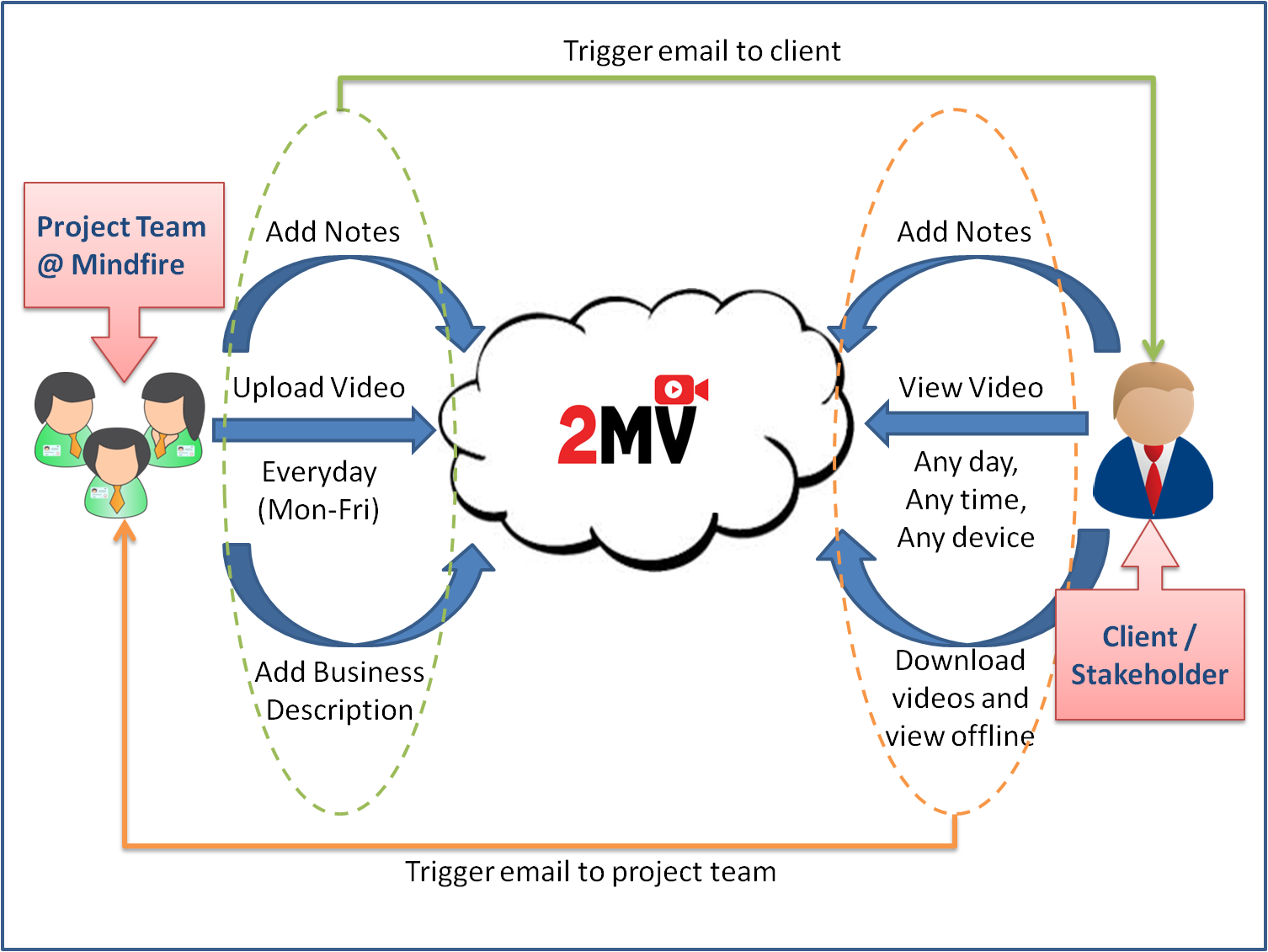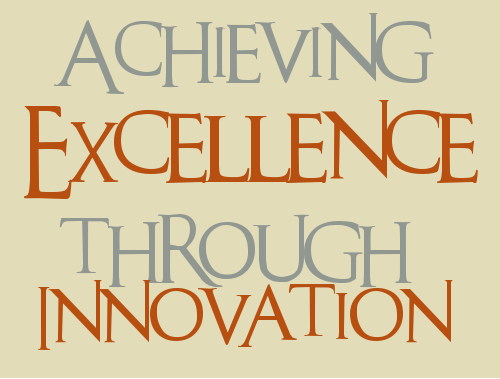This truism is applicable to all, whether it is an individual or a company. The various facets which confluence to make an entity great render to it a unique flavor, one that cannot be copied completely. The innovative practices at Mindfire Solutions contribute towards its uniqueness and differentiate it from its peers in the software industry. Here’s how.
My last blog was on the 2 minute innovation where I told you how Mindfire Solutions follows a unique project status communication practice which makes use of rich media to communicate the day’s progress to the client. In this blog you will get to know yet another innovative best practice followed at Mindfire Solutions. Ever heard of the term collective intelligence? No? Well, simply put, it means 2 is better than 1. Only, in our case 700 is better than 1. This is an approach aimed at solving individual queries by the combined knowledge of an organization.
We all know that the true value of an organization can be closely gauged from what lies between their employees’ ears. And Mindfire Solutions not only encourages its employees to broaden their horizons but also gives them the scope to make the best use of it by fostering a culture of sharing. As time passed, number of projects increased and Mindfire’s numbers and ranks swelled, realization dawned that although the collective knowledge of the organization was increasing linearly the individual knowledge was more or less limited to his own area of expertise. Owing to a demanding work scenario and paucity of time there was hardly any scope to learn more at an individual level. In an organization where knowledge is treated as the most important asset, productivity would get a quantum boost if there was some way in which the information about the knowledge and skills of an individual can be shared with another individual in need.
And then a unique knowledge management practice was developed in Mindfire Labs and christened as Fluid Expertise. Based on his need, a Mindfirean can use this system to search on the particular topic and then get the content results as well as the list of colleagues who can help. The database for this project consists of the user profiles of all the employees (which include their expertise, blog links, seminars conducted, articles, projects, team space etc.) as well as the articles, tips, case studies etc. contributed by them and available on the website. The search results will be displayed to the user in his browser in a 2 part sectioned format. While the upper half contains the people search results (in this case Mindfire’s in-house subject matter experts), the lower half contains the results from a Google customized search. The user can then choose to proceed according to his wish, i.e. contact the expert on a communication window or click on the pages as suggested by Google.
How the system works?
The system either crawls through the website or parses text/html, word documents and PDFs and considers the content for further processing. Again in order to match the query against the document the text in the document is indexed. The match can be done against the URL, title or the description/content of the page and when the user clicks on the URL the content will be displayed. As is expected, a lot of inputs are required to find out the top ten subject matter experts on a particular topic. And because we have too many inputs it becomes imperative to decide which among these inputs are primary and which ones are secondary. The primary inputs help in choosing the top 10 people and thereafter, the primary and secondary inputs both are used to rank them. The secondary inputs don’t have a role to play until the top helpful persons have been selected. The decision as to what could constitute the primary and secondary factors are left to the system owner’s discretion.
Following are some of the factors that contribute greatly in people search listing:
1. Content:
Content has to be the most important factor to judge the level of an individual’s expertise. With the help of an open source indexing engine and a compatible server which helps add easy interfaces to add/update/query documents and pump more data, an expert’s contribution is closely gauged in his area of expertise.
2. Number of User clicks:
For a specific search the system will track which links has been clicked by which user and which expert has been contacted by which user. This knowledge will be useful for predicting the result for the user thereby providing personalized search experience.
3. Peer Endorsement:
In this case the system will take time to learn from user input and suggest right people and direct the user to the expert. To address this, there will be an offline input mechanism where employees should be able to specify who is an expert in which area. This will also form a part of the database.
4. User Feedback:
While designing the system we realized that there should be an offline data collection mechanism to know whether contacting a person helped, in short a feedback is sought. Initially the system gives a default people rank to everybody. After collecting inputs from various users the people rank increases or decreases accordingly.
5. Interconnections:
This factor varies from person to person. As the name suggests, these variables play a role to decide how easy it is for A to connect with B. This is determined based on the fact whether the 2 users belong to same team, same project, same center, same team space etc.
6. Previous search:
To get this data the system should be able to store old searches by users and match the current search against old search and find relevant experts to solve the query.
In order to get near accurate rankings of the resident experts at Mindfire Solutions these parameters are constantly monitored and at times subjected to minor changes to give an appropriate listing. And in this way we make use of information readily available to not only solve client issues but also increase our knowledge base on a particular topic by learning it from the guru himself.
These systems and processes at Mindfire Solutions make it robust inside out. And when a customer engages with Mindfire Solutions, although he would interact with a small team, he would definitely feel the depth of knowledge in his work which is largely due to the collective intelligence behind it. That is what contributes to making Mindfire Solutions an enviable organization to work with and work for. Who wouldn’t?


